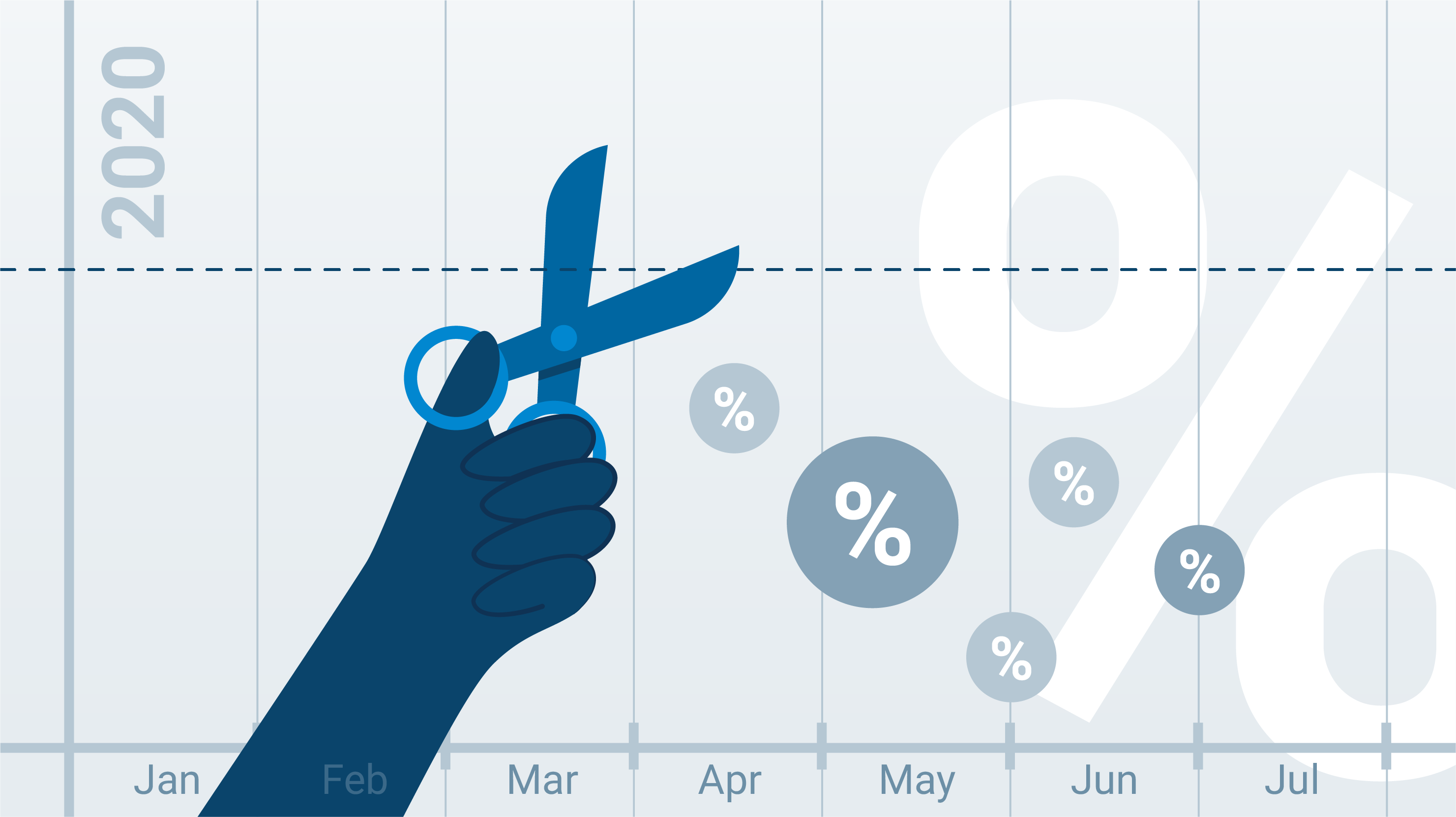By: Penelope Graham, Zoocasa
In mid-January, the Canada Mortgage and Housing Corporation (CMHC) announced it was increasing the premiums for mortgage default insurance. That they hiked rates is nothing new – the Crown housing agency raised premiums by 15% in May 2014 and June 2015 as part of efforts to reduce its insurance-in-force and the resulting risk for taxpayers. But this time, they included a change that has left lenders and consumers scratching their heads: an increase for conventional mortgage insurance (where more than a 20% down payment has been made).
CMHC has increased the rate for mortgages with a loan-to-value ratio of up to and including 75% nearly 100 basis points, from 0.75% to 1.70. Premiums for LTVs up to and including 80% have nearly doubled from 1.25% to 2.40. Insurance for buyers paying more than 20% isn’t legally required; in the past, lenders may have asked for this coverage in special real estate circumstances or very unusual properties. So why hike premiums for this category so significantly?
The Higher Cost of Being in the Mortgage Biz
The reason for the change, according to the CMHC, is related to the recently increased costs for lenders looking to insure their mortgage portfolios. As of last November, lenders must adhere to high-ratio mortgage rules when insuring their books, regardless if the mortgages are conventional. That disqualified several types of mortgages (including refinances, rental properties, and values over $1 million) from coverage, meaning they could no longer be pooled into mortgage-backed securities and sold – a main method of funding for many smaller lenders and mono-lines.
New Government Rules for LTVs and Credit Scores
In addition, lenders must also follow new requirements implemented by the Office of the Superintendent of Financial Institutions which will increase rates for bulk insurance. While it’s known that the rates will change based on the credit score and LTV of the pooled mortgages, it’s not yet clear yet how much pricier bulk insurance will be for lenders. As a result, many have resorted to insuring low-ratio mortgages on the transactional side rather than absorb a potentially higher bulk cost.
The Consumer Impact
The CMHC stated this most recent round of hikes will have minimal impact for homeowners, increasing the average monthly payment by about $5. Stated Steven Mennill, senior vice president of insurance at CMHC, “We do not expect the higher premiums to have a significant impact on the ability of Canadians to buy a home. Overall, the changes will preserve competition in the mortgage industry and contribute to financial stability.”
But the bottom line is it’s getting more expensive for lenders to issue mortgages, and those higher costs will be passed down to consumers in the form of higher rates for certain products, and even decreased competition in the marketplace; with higher costs to insure low-ratio mortgages at both the bulk and transactional level, those who rely on mortgage-backed securities to fund their deals will find it challenging to compete with lenders with more diversified funding sources. Consumers paying more than 20% down may have fewer competitive rates at their fingertips, as it gets more expensive for banks to offer conventional products.
It’s important for brokers to work closely with clients to help them understand the nuances of this pricing, especially when determining their ideal down payment size, and mortgage needs.




